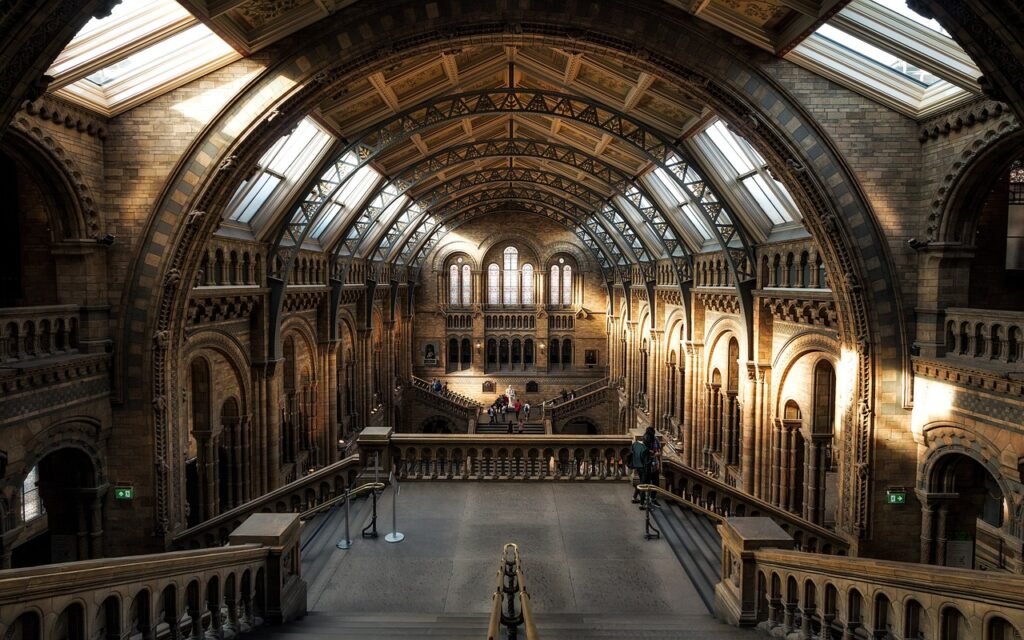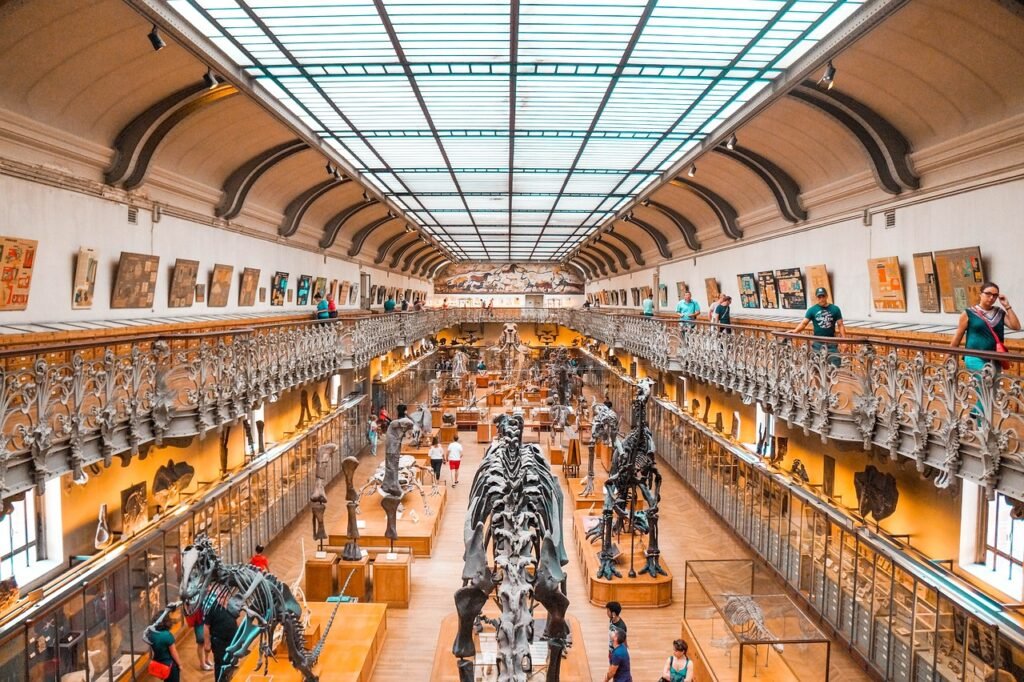History and Culture
The National Museum of African American History and Culture (NMAAHC) stands as a unique institution, focusing solely on African American life, history, and culture. Located on the National Mall in Washington, D.C., it enjoys high visibility and easy access. Since opening on September 24, 2016, the museum has played a vital role in telling the African American story.
This museum was created to fill the need for a dedicated space that honors African American achievements and struggles. It helps bridge gaps in the broader American narrative by highlighting contributions often overlooked. The NMAAHC promotes understanding and appreciation of African American history, sparking conversations about race, culture, and identity.
The museum’s mission reflects its dedication to education, culture, and racial equity. Through its exhibits, programs, and outreach, it provides a platform for visitors to engage with the richness of African American history. It fosters a sense of shared experience and ensures the resilience and triumph of African Americans are recognized as essential to the nation’s story.
A visit to NMAAHC offers a powerful, educational experience. From its engaging exhibitions to its community programs, the museum encourages the exploration of African American heritage in a meaningful way. Visitors leave with a deeper understanding of the importance of these stories to America’s history.
Exhibits and Collections: A Deep Dive




The National Museum of African American History and Culture (NMAAHC) offers a rich collection of exhibits that tell the complex story of African Americans. Visitors can explore both permanent and temporary collections spanning centuries. These exhibits provide insights into African American experiences, from the era of slavery to modern society.
One of the most impactful exhibits covers the history of slavery. Artifacts like shackles and plantation tools remind visitors of this painful chapter in history. The museum also showcases the civil rights movement, highlighting figures like Martin Luther King Jr. and Rosa Parks. Their contributions to the fight for equality are presented with great detail, offering a deep understanding of their roles.
In addition, the museum celebrates African American contributions to music, art, and sports. Icons such as Duke Ellington, Maya Angelou, and Serena Williams are honored for their influence on American culture. Personal artifacts belonging to these figures create a personal connection between visitors and history.
The NMAAHC also engages visitors through interactive displays. These displays offer a hands-on approach to learning, encouraging deeper reflection on African American history. Multimedia presentations enhance the storytelling experience, helping visitors immerse themselves in the narratives.
Through its thoughtful curation, the museum serves as a vital resource for understanding African American history. Each exhibit reflects the resilience, creativity, and triumphs of African Americans, making it a must-visit destination for anyone interested in this rich heritage.
Visitor Experience: Tips and Insights
Planning a visit to the National Museum of African American History and Culture (NMAAHC) requires some preparation for a smooth experience. Be sure to book timed-entry passes in advance through the Smithsonian’s website. It’s a good idea to reserve them several weeks ahead, especially during peak seasons. Weekdays tend to be less crowded than weekends, allowing for a more relaxed visit.
When you arrive, start on the lower levels where you’ll find the Soul of the People and Slavery and Freedom exhibits. These sections offer an essential context for understanding African American history. As you move up to the higher levels, you’ll explore exhibits celebrating African American achievements in arts, sports, and politics. Don’t miss the Emmett Till Memorial and the African American military contributions exhibit, both of which provide powerful insights into resilience and influence.
To enhance your experience, take advantage of the museum’s educational programs and events. These activities cater to families, educators, and researchers, offering deeper engagement with African American history. The museum also hosts workshops and resources that explore key themes in African American culture.
Before your visit, check the museum’s website for updated information on schedules, special exhibitions, and events. This will help you plan your day and ensure you don’t miss any activities that match your interests. By preparing in advance, you’ll enjoy a more fulfilling and informative visit to the NMAAHC.
The Impact of the NMAAHC on Society and Culture
The National Museum of African American History and Culture (NMAAHC) plays a vital role in fostering public conversations on race, justice, and equity in the U.S. It offers visitors a unique way to engage with the complex narratives that shape African American history. By encouraging these discussions, the NMAAHC challenges existing norms and promotes reflection on past injustices, helping visitors gain a deeper understanding of America’s social fabric.
A key aspect of the museum’s impact is its community outreach programs. These include educational workshops, exhibitions, and collaborative events that raise awareness of African American contributions and struggles. By partnering with schools, universities, and cultural institutions, the NMAAHC extends its influence beyond the museum, reaching diverse audiences. These partnerships foster empathy and encourage meaningful conversations about current issues affecting African Americans.
The NMAAHC also plays a crucial role in preserving African American history. Its exhibits highlight the resilience and achievements of African Americans, from slavery to the civil rights movement and beyond. These stories emphasize the importance of inclusive narratives, ensuring future generations understand the African American journey and its impact on the nation.
Through its collections and programs, the NMAAHC continues to inspire public interest and understanding. Its work helps create a more culturally aware society that values justice and equity, ensuring the long-term educational benefits of African American history.






